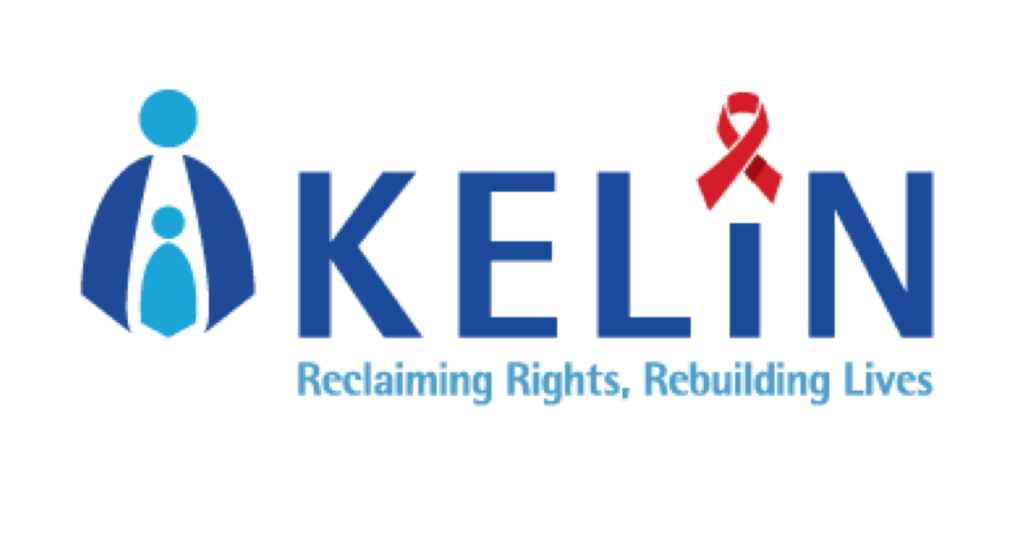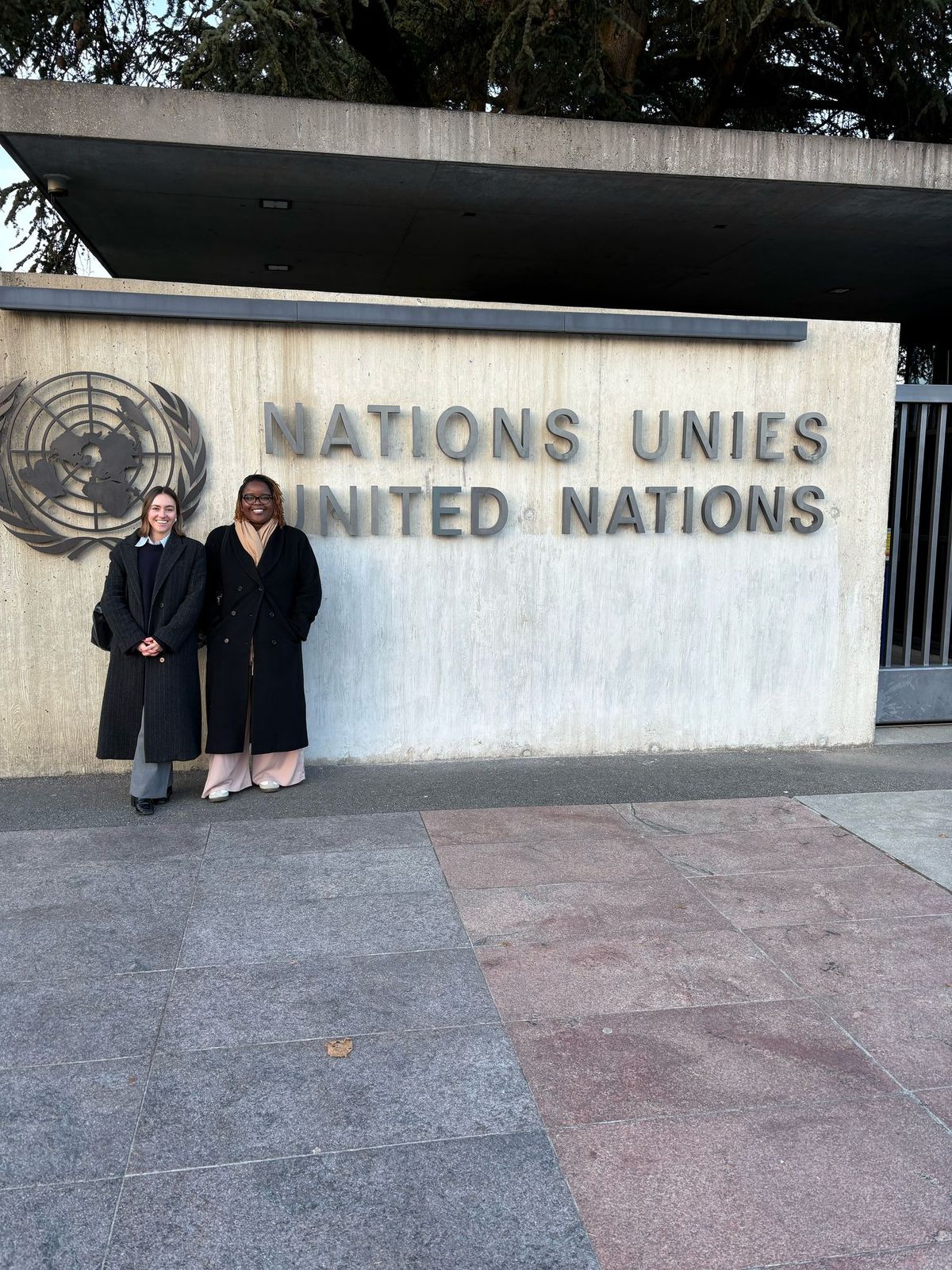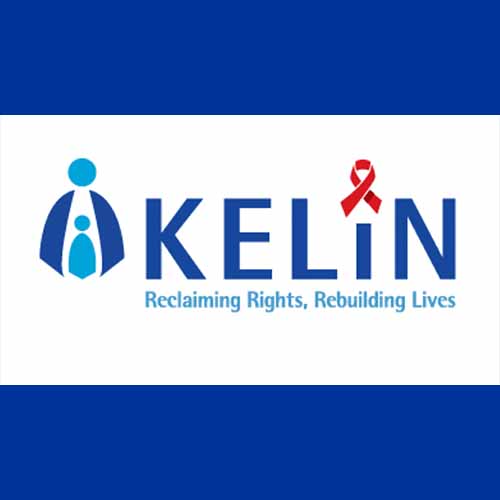Kenya has made steady progress in improving reproductive, maternal and child health outcomes in the last decade. Child mortality has declined by over 20 percent since 2008 and six out of ten pregnant women now receive skilled care at childbirth. Despite this progress, by 2015 Kenya had not yet achieved its maternal and child health Millennium Development Goals (MDGs). Many women, neonates, children, and adolescents continue to experience morbidity or die from preventable conditions that have proven and cost effective interventions. Access to quality maternal, new born and child health services remains a challenge across all levels of care, and inequities continue to persist among different population subgroups.
In an attempt to set things right, the Nakuru County has drafted a Maternal, New Born and Child Health bill. The bill provides a useful guidance for the county to set priorities relevant to its context and mobilize collective effort involving both levels of government, development partners, civil society and private sector to enhance maternal, child and new born health.
Overall, the bill responds to the urgent need to maximize the constitutionally mandated right to access maternal, new born and child health services. It also addresses the concerns of suboptimal targeting and insufficient prioritization of bottlenecks that prevent evidence-based and high impact interventions from being delivered. It attempts to propose effective, efficient and innovative strategies to achieve sustainable, equitable and accelerated improvements in maternal, new born and child health outcomes in the county.
Whereas the main objective of the bill is to regulate maternal, new born and child health care, the bill rightly still needs overall review and fine tuning of certain clauses to ensure constitutional compliance. In its analysis, the bill must ensure that it addresses a specific need and lacunae within the Nakuru County. It must ensure that it does not duplicate already existing laws or contravene existing statutes within the hierarchy of laws. A good law is one that is easily understood, yet leaves little room for misinterpretation.
In an attempt to analyze the bill, the following are KELIN’s general recommendations on the content of the bill;
- Definitions clause
KELIN recommends that as the drafters of the bill, Nakuru County Health Committee must re-examine carefully all the definitions within the bill. The said definitions must comply with internationally accepted definitions which align to institutions such as World Health Organization. The definitions also ought to comply with Article 260 of the Constitution of Kenya which has provided for words such as adult, child, youth, disability etc.
- Barriers in accessing services
Whereas the bill is well meaning, caution must be exercised to ensure that the provisions of the bill do not create legal barriers that inhibit patients from accessing health care. Clause 8(1) of the bill for instance insists that termination of pregnancy may only take place with the consent of the pregnant woman. This clause may prove problematic where there is a medical emergency and the woman is unable to give her consent. This has been widely demonstrated in incidences where a pregnant woman is in a coma or experiencing a medical condition that does not permit her immediate consent such as an epileptic attack.
Clause 21(8) of the bill additionally presents a problematic barrier towards access to health. The clause states that the County Executive Committee (CEC) responsible for health shall give consent for the medical treatment of a child if the child unreasonably refuses to give consent. Given that the CEC position is a political appointment, and the realistic availability of the CEC in cognizance of his/her schedule, KELIN recommends that the bill review such clauses and appoint the hospital’s administrative in-charge to give such consent.
- Bill must not promote HIV stigma
Clause 22 of the bill stipulates instances under which a child can be tested for HIV. Part b of the clause stipulates that should there be need to establish whether a health worker contracted HIV due to contact with any substance from a child’s body, then the child shall be tested. This clause indirectly promotes HIV stigma and contradicts already existing practices on administration of Post Exposure Prophylaxis.
According to the World Health Organization’s Guiding Principles on post exposure
Prophylaxis for HIV, if the exposure constitutes a significant risk of transmission to a health worker, then the drug regimen is prescribed irrespective of the exposure source and without unnecessary testing of patient. The health worker is then provided with the 28-day prescription of antiretroviral drugs following initial risk assessment.
At all times, a balance should be maintained between protecting population health and protecting individual human rights and in particular, a patient’s right to privacy and confidentiality.
- Ambiguity
A good law should be clear and precise leaving no room for misinterpretation. Any ambiguity will lead to the bill being challenged in court for interpretation and may alter the initial intentions of the legislature. This is demonstrated through clause 23 of the bill which states that the County Government may pay for children’s HIV tests for foster care and adoption purposes where circumstances permit. This clause leaves room for doubt as it does not define which circumstances would permit the county government to pay for the tests.
- Loss of objectivity
There are certain clauses that also illustrate that the bill tends to deviate from its general objective by attempting to regulate larger health issues that are not within its ambit or regulating issues that are already regulated by other existing laws. This includes for instance, general HIV testing and intensive care units which fall out of the objectives of the bill and would rather be regulated using a different set of laws.
- Supremacy of the Constitution
Clause 34 of the bill avers that the bill is supreme to any law that is inconsistent with it. This is sharply contrasted to Article 2 of the Constitution which declares the supremacy of the Constitution, the bill therefore falls short of this requirement and is hence null and void to the extent of this inconsistency.
- Penalties
The aim of penalties is to deter and punish perpetrators violating the enacted laws. The bill gives very lenient penalties considering that these are health care professionals that are targeted by this act. Clause 33 of the bill places the fine for violation of the bill at one hundred thousand which is very affordable by these professionals. The consequences of non – adherence to the law should be stiff.
Recommendations and way forward
- Inclusion of home deliveries
Part III of the bill provides only for babies born in the hospital but doesn’t cater for babies born at home. This is in contrast to Kenya’s statistics and studies that show that 56 per cent of deliveries happen at home thus leaving a very big percentage of the women out of the bill.
- Need for a Maternal and Perinatal Death Surveillance Response
There is need for the bill to consider establishing a death surveillance response. The overall objectives of MPDSR are to provide information that effectively guides actions to reduce maternal and perinatal mortality and to count every maternal death, permitting an assessment of the true magnitude of maternal mortality and the impact of actions to reduce it.
- Determine the minimum packages for hospital facilities
It is recommended that the bill provide for the packages that should be received at different levels of hospitals from level one to level five within the county. This includes packages in terms of equipment, infrastructure and services. A good reference point would be Rwanda which has a policy already in place for the minimum packages for each level.
- Bill should track implementation
There is need for the drafters of the bill to consider having a clause that demands for the County health services to conduct a social audit annually to determine and document county hospitals adherence to the service charter with special reference to MNCH. This will enhance accountability and help in bridging existing gaps.
In conclusion, Nakuru becomes the second county after Kisumu to hit this milestone in the creating a bill that enhances maternal, new born and child health. Women and children account for the highest population count yet they are often left unguarded and vulnerable. With the incorporation of a few amendments, the bill is a step in the right direction and a good practice that other counties should emulate.
Kevin Mwangi is an intern in the Sexual Reproductive Health Rights project at KELIN. Saoyo Tabitha Griffith is the Programme Manager, Sexual Reproductive Health and Rights at KELIN.


